The Danube, Ilz and Inn rivers flow together in the city’s famous “Dreiecke” (triangle) and from high up on the hill overlooking the lower Bavarian town, I could actually see three different shades of blue merging together.
Located a 2.5 hour train ride from Munich, I arrived in picturesque Passau for a long weekend in June, when its curvy cobblestone streets were filled with chattering students, cruise passengers and cyclists winding through its many Roman ruins or heading to the nearby Bayerischer Wald (Bavarian Forest).
Passau of the past
On one hand, the city feels like it still belongs to a prosperous 17th century community, with narrow lanes, an imposing cathedral and loads of small shops with artisanal crafts.
Many of these stores are situated in little three and four-story houses, brightly standing out with rose, yellow and pastel colours, and with wrought-iron railings protruding over the railings.
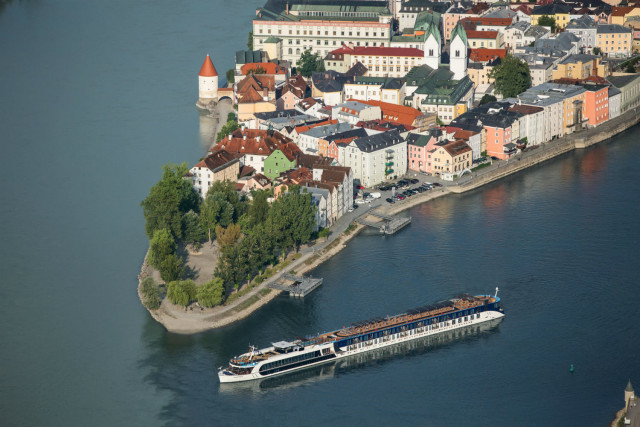
The Dreiecke of Passau, where three rivers merge together. Photo: DPA
They look more like a little Italy than Bavaria, and that’s no coincidence: starting in the 13th century, Passau became the seat of Episcopalian bishops who, as Imperial princes, ruled what was then a small but independent principality.
The Catholic presence is felt the most strongly at St. Stephan’s Cathedral, which boasts the largest cathedral organ in the world. As I sat inside for one of the daily half-hour concerts, the walls elegantly echoed with the sounds of five individual organs – containing 17,974 pipes, and played by a solo organist.
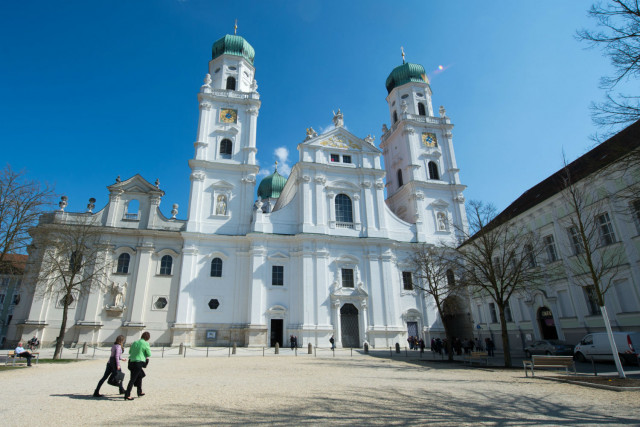
St. Stephan's Cathedral. Photo: DPA
Another remarkable religious highlight of the city is the Mariahilf, a monastery on a hilltop overlooking the Inn River. Traditionally, pilgrims prayed at each and every of the 321 stairs heading up to the top. Luckily nowadays there is also a road that leads to the top.
Also looking down over the city from a viewpoint above the Danube is the Veste Oberhaus castle, which was founded in 1219 and expanded over the centuries. Although the bishops who ruled for some 600 years lived quite comfortably in Passau, the castle was a handy retreat. A built-in museum showcases some of Passau’s best artifacts.
Present-day Passau
The Studenten der Stadt (city’s students) have given Passau a modern-flair, bringing it hip cafes, international themed restaurants that complement traditional Bavarian fair, and pubs open till the wee hours of the night.
Founded in 1973, the University of Passau is the youngest in the state of Bavaria, and consequently boasts a modern campus. The research university – which counts 38 different undergraduate and postgraduate programs – still has roots which go back hundreds of years as an Institute for Catholic Studies.
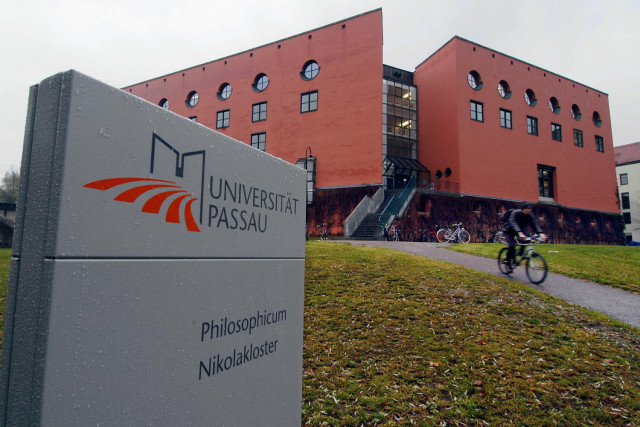
One of the modern buildings of Passau's university campus. Photo: DPA
On a Saturday night, I headed with two French friends – and international master’s students – to the so-called Wahn’s Inn (a play on words for the German Wahnsinn, or madness), a popular and low-key weekend hangout.
This cozy pub carries a wide selection of locally brewed beers and foreign whiskeys, but is best known for its selection of over 200 board and card games. Guests grab a drink and gather over its wide tables in the evening to play favourites from Uno to Trivial Pursuit.
If you’re in the mood for music, you can also head to the distinctly Deutsch Musikbar Colours, a dimly lit, retro-styled bar features a rotating line-up of alternative DJs. It also boasts a beer garden in the backyard, and hosts watching parties for every Sunday night for Tatort, the long-running German crime show.
When the weather is nice, the prime of Passau occurs outdoors, however. Every Tuesday and Friday from spring through fall at St. Stephen’s Cathedral, local vendors line up to sell fresh and regional products such as honey, fruit and schnapps.
Being Bavaria, there is also a stand that sells sausages with Senf (mustard) and the beloved Brezel, usually a large pretzel topped with nuts or poppy seeds.
Bavarians have a sweet tooth, and normally even savoury breads are coated with powdered sugars. If you take a Saturday stroll along the Inn river, you’ll also find a flea market which sells used goods, including household appliances, clothes and even vinyl records.
Passau’s cuisine: a meeting point of past and present
Passau is a culinary hotspot, with many traditional restaurants rich in regional food a creative touch. With several brew houses and taverns, it’s easy to find typical hearty Bavarian dishes mostly consisting of meat and knödel, or boiled potato dumplings.
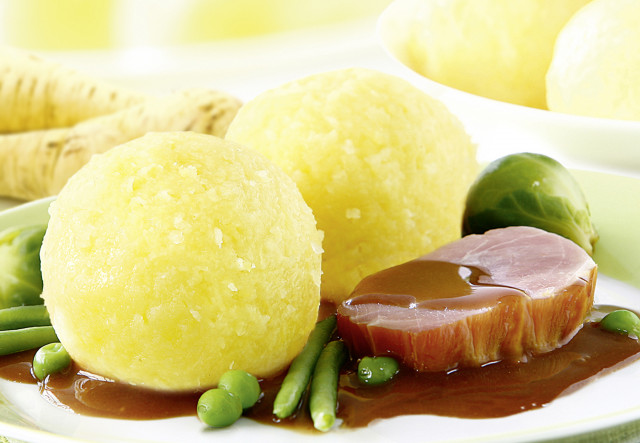
Knödel: a typical Bavarian dish. Photo: DPA
Hearty local favourites include Leberkäse, a loaf made out of corned beef, pork, bacon and onions, and Schweinshaxen, a roasted ham knuckle. Side dishes like Spätzle, an egg noodle with roasted onion, abound, and there's even a handful of recently opened meatless cafes and restaurants.
Most menus come complete with a mouth-watering dessert section. Local favourites include Mohnpalatschinke (poppy seed crepes) and seasonal strawberries served with liquor over vanilla ice cream.
I ended my long weekend lounging at the Weissbräu Andorfer, a sprawling beer garden on a hilltop overlooking the city. The summer sun began to set over the patio, and picturesque Passau faded into silhouette across its rivers.



 The pickle harvest in Kasel-Golzig in the Spreewald on July 17th. Photo: DPA
The pickle harvest in Kasel-Golzig in the Spreewald on July 17th. Photo: DPA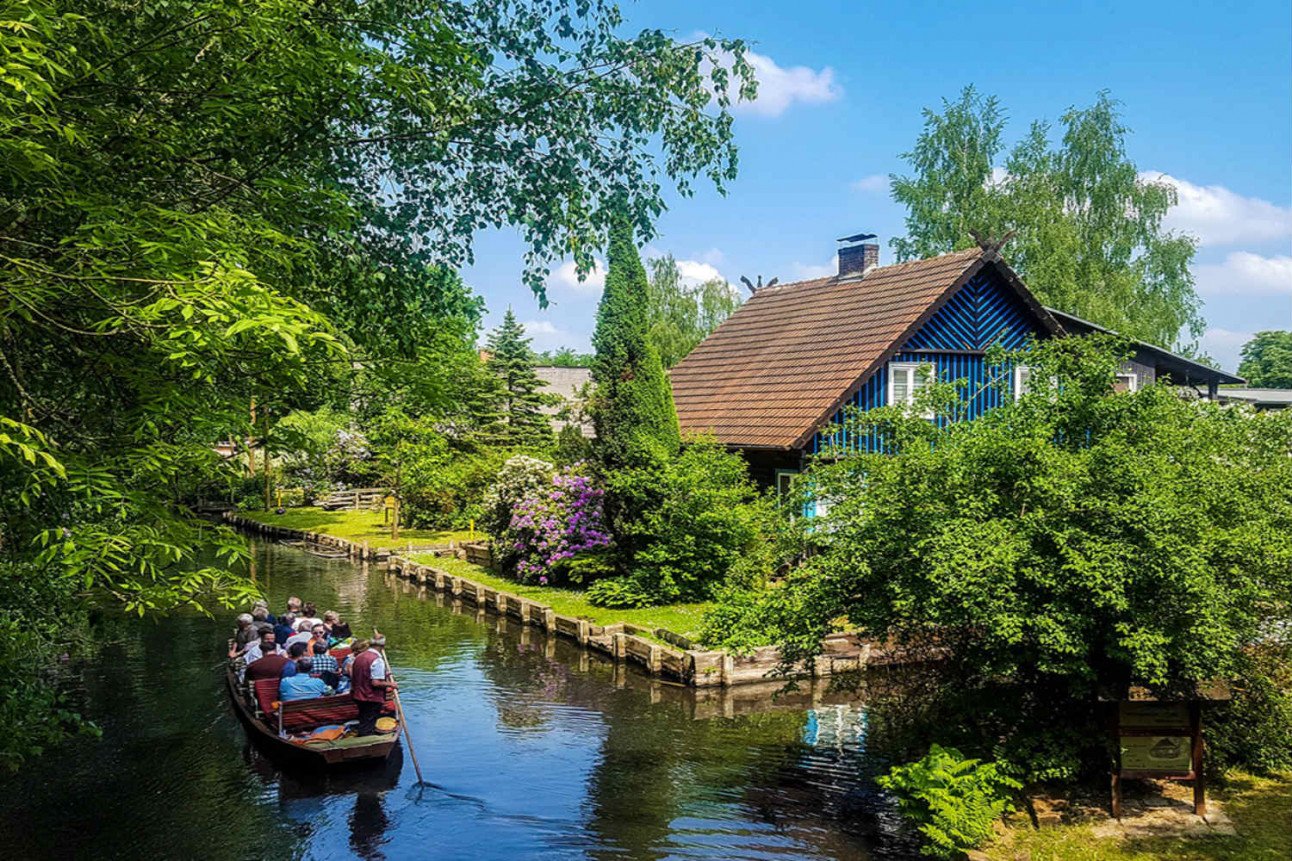
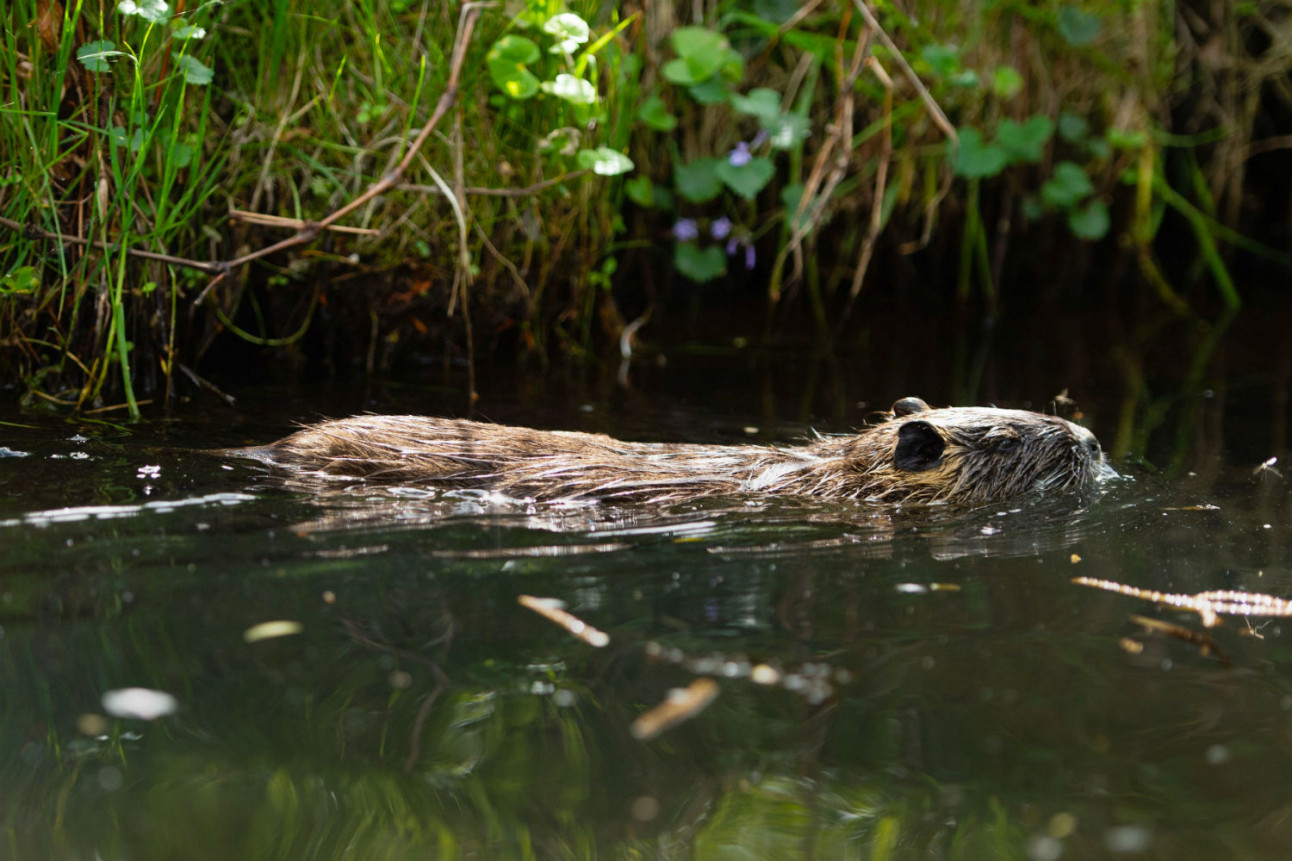
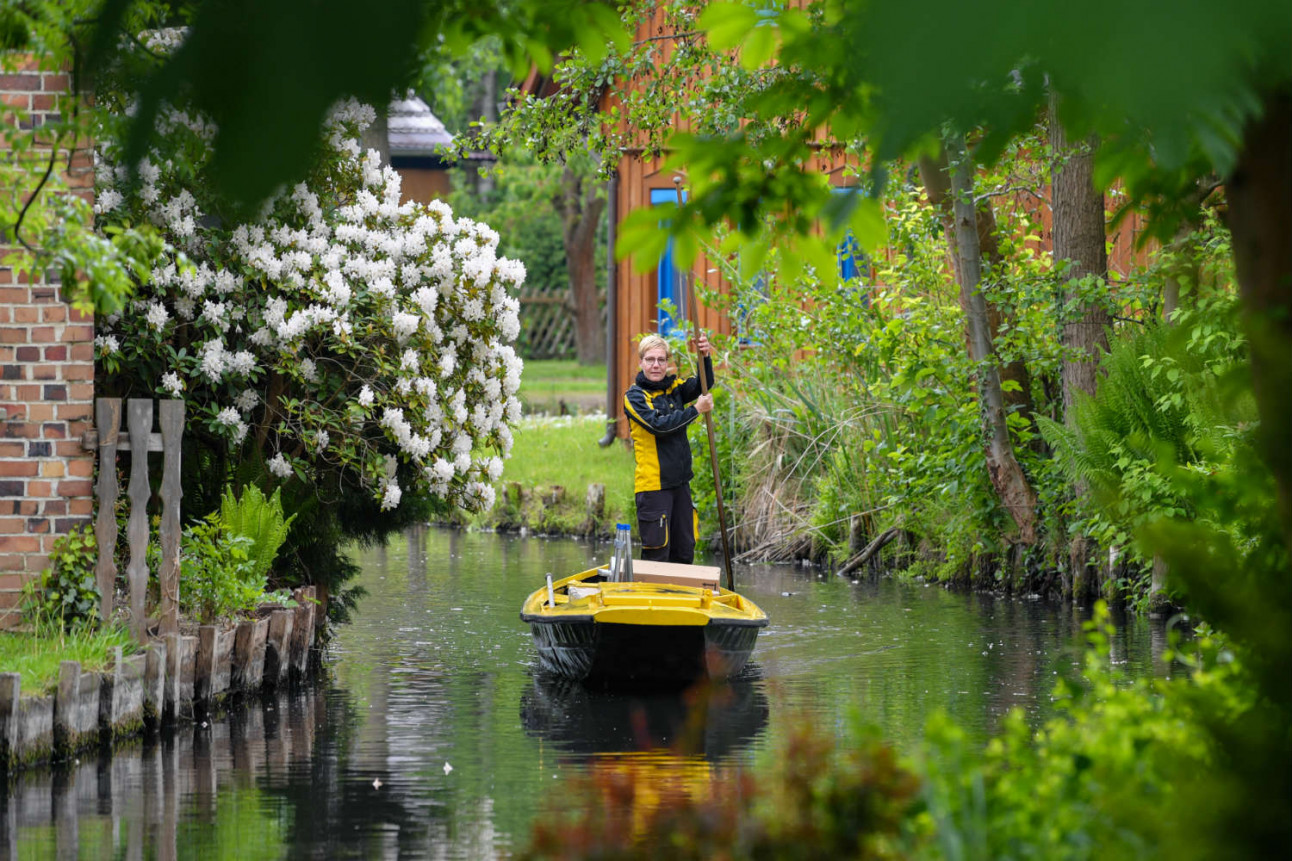
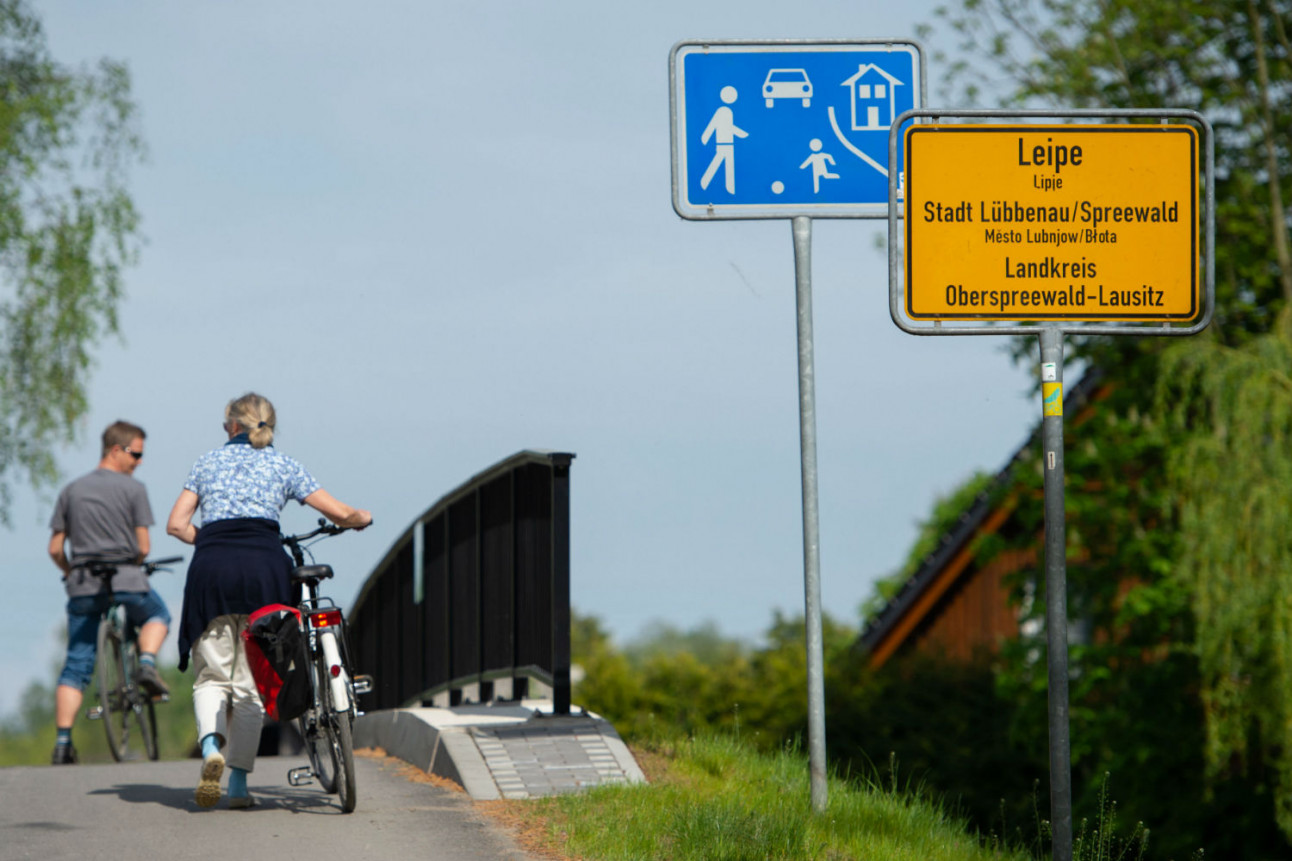
 Please whitelist us to continue reading.
Please whitelist us to continue reading.
Member comments